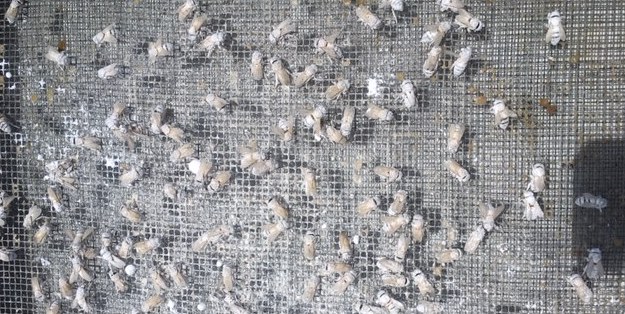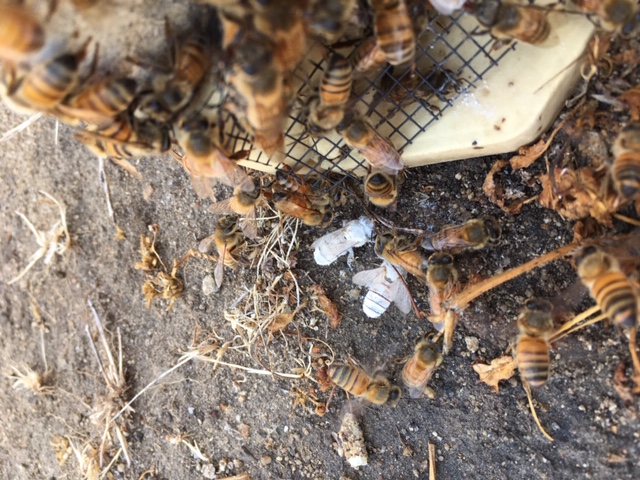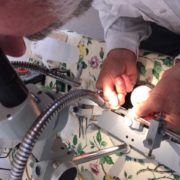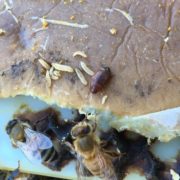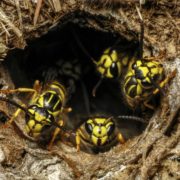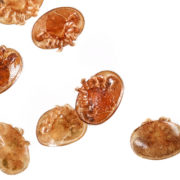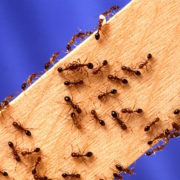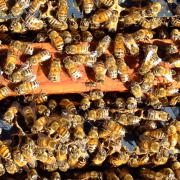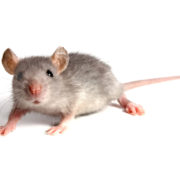Powdered Sugar Roll
The VSH trait is one of the best-known ways of naturally controlling varroa mite growth without the use of chemicals or miticides. But how does a beekeeper know whether a given colony is expressing high VSH levels? The best way to determine this is to test the colony for varroa mites, and then compare the results of the test against colonies that are susceptible to mites.
At Wildflower Meadows we take pride in our mite-resistant VSH-Italian queen bees. We perform mite counting tests on our bees throughout the year, and test multiple colonies within individual apiaries. Although the most reliable way of testing for varroa mites is called the alcohol wash, we don’t always utilize the alcohol wash because it kills upwards of 300 bees per colony, per test! So, because we are not big fans of intentionally killing our bees, more often than not, we prefer to use the powdered sugar roll to gain insight into varroa mite levels.
To perform the powdered sugar roll, we take approximately 300 bees (from the brood nest, where varroa mites are typically most active) and shake them into a jar that contains a small amount of powdered sugar. The powdered sugar, along with vigorous shaking, dislodges the varroa mites off of the bees. Before long, the mites become loose and become mixed in with the powdered sugar. By then pouring the mixture of powdered sugar and bees over a screen and onto a piece of white cardboard (see the photo above), the bees stay on top of the screen, but the sugar and mites fall through to the cardboard. Against the background of the white cardboard it is easy to see and count any varroa mites from the sample.
Mite counts are usually estimated as varroa mites per 100 bees. In general, three or less mites per 100 bees is considered an acceptable threshold – although this threshold is not a hard and fast rule, and much depends on the goals and tolerance of an individual beekeeper.
The downside of the powdered sugar roll is that it is rather difficult to know exactly how many bees were in the sample in the first place. It is only with time and practice that a beekeeper can learn to accurately estimate the number of bees in each sample.
The best part about the powdered sugar roll, besides the information that it imparts, is that none of the bees have to die. After only a half hour or so of testing, our apiaries become alive with “ghost bees” – worker bees that are perfectly healthy, but are covered from head to foot in sugar. They look strange, but are happily welcomed by their sisters, who eagerly lick them clean!
In no time at all, everything returns back to normal; the bees clean up the sugar, we gain valuable information, and no bees die in the process.
The below link, courtesy of the University of Minnesota Department of Entomology, contains further detailed instructions on how to perform a powdered sugar roll (link opens as .pdf).

